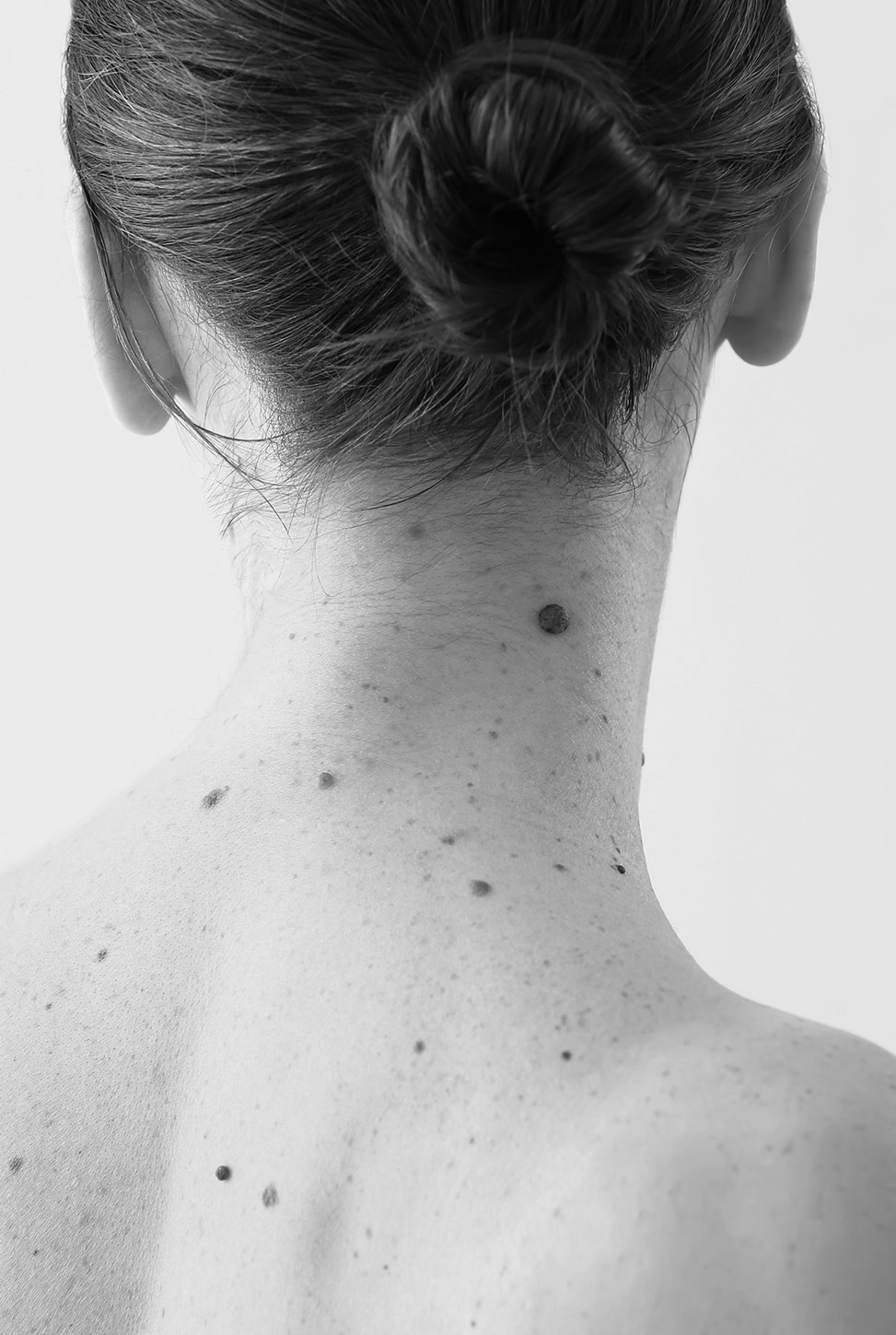Home / Surgical / Reconstructive Surgery / Benign Skin Lesions
Benign Skin Lesions
If you have a lump or bump in your skin that looks unsightly, itches, catches on clothing these can be very simply removed.
Home / Surgical / Reconstructive Surgery / Benign Skin Lesions
Benign skin lesion is an umbrella term for a range of lumps and bumps including moles, cysts, keratoses, skin tags, calluses, corns and warts. They are generally harmless and do not necessarily need to be removed unless you do not like the way they look.

Following consultation and skin assessment Treatment will depend on the size of the lesion, how deep it is and where it is on your body. Benign skin lesion removal takes place under local anaesthetic.
Shave excision the lesion off at its base so it is at the level of the surrounding skin. This may be combined with a technique called cautery which seals the skin and stops bleeding. This method is used for lesions such as keratosis, skin tags and ‘shallow’ moles.
Excision Complete removal, where the entire lesion is surgically removed. Your surgeon will remove the lesion and some of the tissue around it and you may need stitches afterwards. This is a technique used for larger moles or for lesions which are suspected to be cancerous.
Freezing (which involves freezing off the lesion with liquid nitrogen). Also known as cryotherapy it can be used to remove warts, skin tags and keratosis. The liquid nitrogen is applied to the lesion for about 10 seconds. A blister will form which, when it falls off, will take the lesion with it. We do not offer this treatment at the centre currently.
The area treated may be red and raised for a while. If you have had stitches we will advise you when to come back in to have them removed. Dissolvable stitches will usually disappear between 10 to 14 days after surgery. Pain is usually minimal and can be managed with over-the-counter pain relief.
For 48 hours after surgery you will need to keep the wound dry, and then gently clean it daily after that. You may also need to keep the treated area of skin out of the sun.
Scarring should be minimal and should fade significantly after three months.
If you are considering a procedure and are ready to meet with our team please leave your details. You will also get to know our hospital.
© Alpha Hospital Group | 16 Carden Place, Aberdeen, AB10 1FX